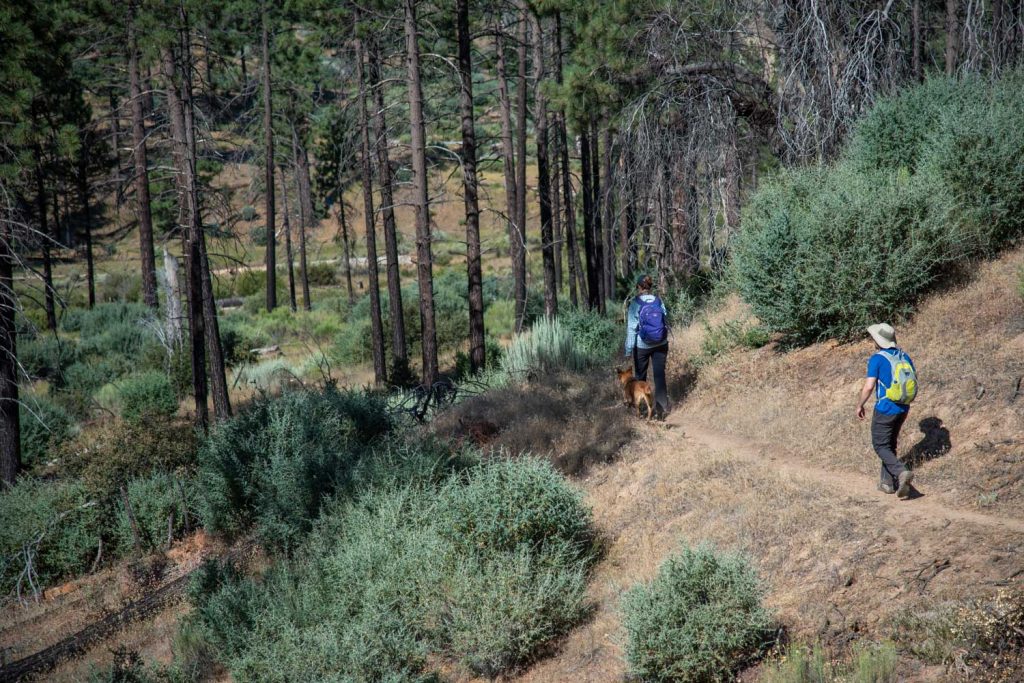
We’re in a crucial period of the COVID-19 outbreak across the country. As the virus continues to spread, practicing social distancing is paramount. California is under a stay at home order, but there are some activities that are still allowed. Among these permitted activities is outdoor recreation. People are encouraged to be active outside safely to stay emotionally, mentally, and physically healthy.
While this means we can go for a hike, run, or ride out on the trail, we need to take care not to put ourselves and others at risk while we’re out there having fun. Several national parks and other public lands have had to close due to overcrowding and a lack of social distancing on the trail, or because of impacts to the local community. Below are some guidelines to help you better determine whether visiting public lands like the Los Padres National Forest is right for you, and if so, how to do it safely.
Be advised, all “developed recreation facilities” in all national forests in California are closed. Trail use, backcountry camping, and dispersed camping are still allowed. Be sure to look at our regularly-updated page about closures throughout the region.
Eight Guidelines to Follow
1. Stay at home if you feel sick, are experiencing any symptoms, or are in a high-risk group.
2. If you decide to visit the trails, stick close to home. Traveling through even nearby towns to access trails can have negative impacts including the spread of COVID-19—especially in under-resourced communities.
3. Bring a mask or face covering and wear it while passing others on a trail.
4. If you notice a trailhead appears crowded or if the parking lot is full (five cars or more), turn around and head to a different trail that has fewer people.
5. Avoid unnecessary risk. Be aware that emergency services may be delayed if you get lost or in an accident. More importantly, requiring search and rescue puts emergency personnel at greater risk and taxes an already overburdened first responder and hospital network.
6. Always maintain at least six feet from other trail users. Wider trails and dirt roads are best for keeping as much distance between yourself and other trail users as possible. Announce yourself when there is less visibility. You should also try to hike with as small a group as possible—stick with just one hiking buddy or your immediate family or household.
7. Do not share food, or drinks with other trail users, or handle equipment or any item someone else may have touched.
8. Be prepared. Bathrooms, trash removal, and other services are likely to be suspended.
The above guidelines are in addition to the seven Leave No Trace principles that you should also be following when visiting public lands.








Comments are closed.